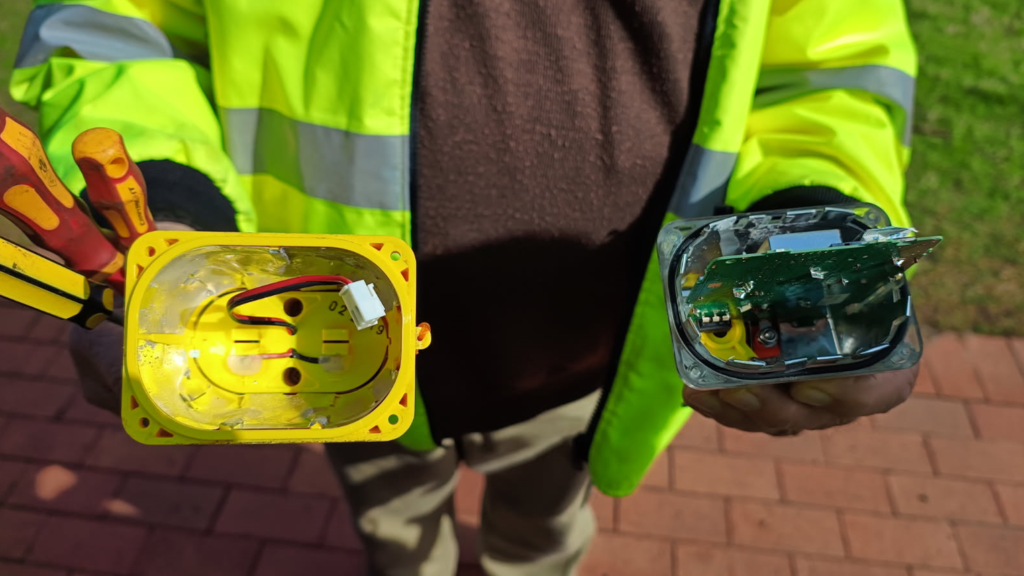When an Emergency Position Indicating Radio Beacon (EPIRB) was activated on Friday night, July 18, Marine Rescue NSW units on the Central Coast, Hunter and Mid North Coast sprung into action, eventually locating the beacon and confirming that no-one was in danger.
Marine Rescue NSW Inspector John Murray said he was notified just before 8pm that a beacon signal had been received by the Australian Maritime Safety Authority’s (AMSA) Joint Rescue Co-ordination Centre (JRCC) in Canberra.
“Marine Rescue Norah Head was tasked to search for the EPIRB,” he said.
“A volunteer crew was quickly assembled, and rescue vessel Norah Head 20 was deployed.
“The crew searched waters up to five nautical miles off Norah Head but were stood down after two hours due to deteriorating sea conditions.
“There was a two-and-a-half-metre swell and strong winds offshore.
“Marine Rescue Terrigal was placed on standby to assist the AMSA jet, which also searched offshore.”
At 10am on Saturday, July 19, the JRCC received another location signal from the EPIRB, indicating it could be in Forster.
“Volunteers from Marine Rescue Forster Tuncurry responded,” Murray said.

“Without launching rescue vessel Forster 30, the crew used the onboard radio direction finder and identified a bearing to the possible location of the EPIRB.
“The identified location was not in the water — it was actually at a nearby caravan park.
“Marine Rescue Forster Tuncurry volunteers immediately went to the caravan park and located the EPIRB in a toolbox inside a small runabout.
“It was deactivated, and it was confirmed that no persons were missing.”
Murray said a lot of time and resources could have been saved if the EPIRB had been registered.
“It is vitally important that all EPIRBs are registered with the Australian Maritime Safety Authority,” he said.
“Registering an EPIRB allows authorities to quickly identify the owner and their vessel in an emergency, significantly reducing response times.”



